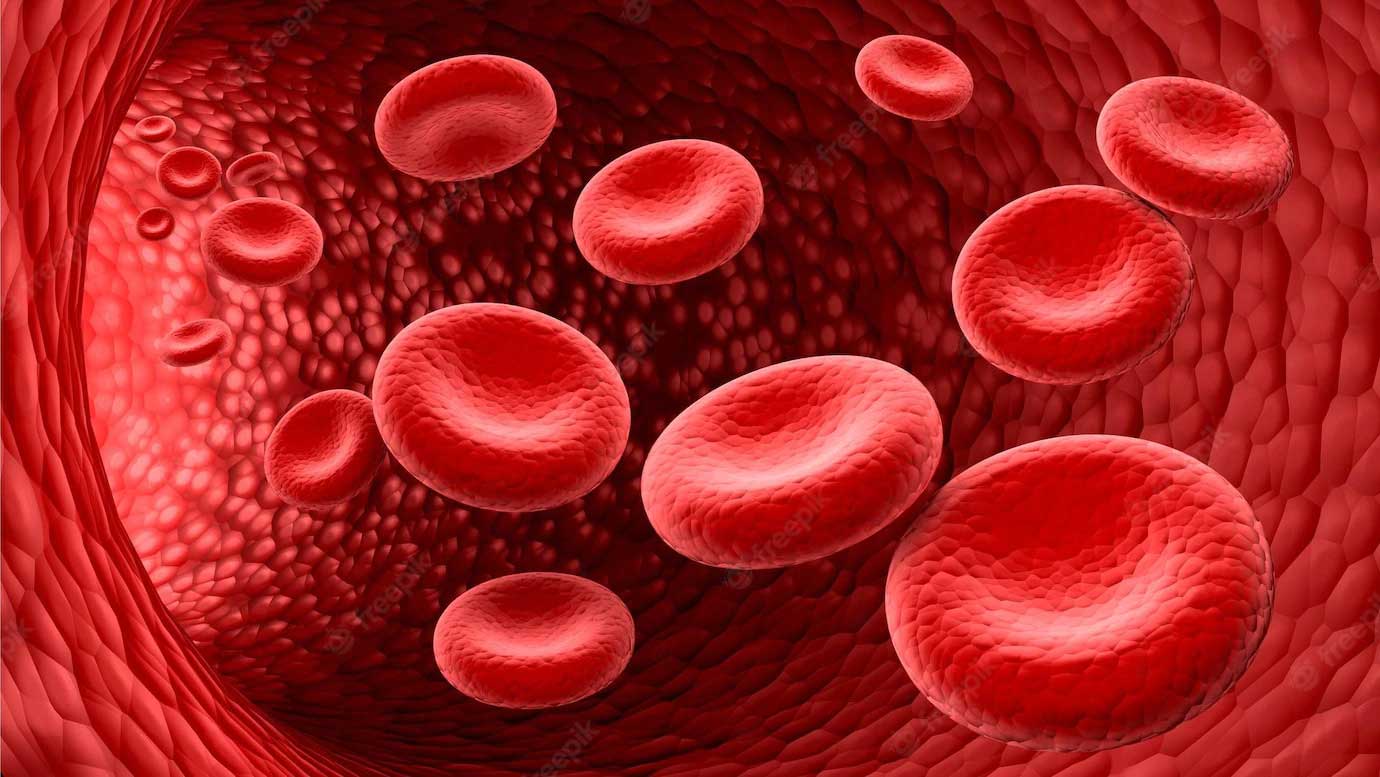
Introduction to Hematology
Hematology is a branch of medicine concerning the study of blood, blood-forming organs such as bone marrow, and blood-related disorders and diseases. The word “heme” comes from the Greek word for blood. Hematological tests are used to detect and diagnose diseases such as hemophilia, anemia, leukemia, sickle-cell anemia, lymphomas, and several infections.
Hematological disorders can be classified into malignant and nonmalignant blood disorders. Nonmalignant blood disorders include hemoglobinopathies such as thalassemia and sickle-cell anemia, other types of anemias, and coagulopathies such as hemophilia. Hemoglobinopathies are genetic diseases and, apart from α- and β-thalassemia, include diseases caused by abnormal hemoglobin structure, manifesting in mild to severe anemia and multi-organ problems. Clotting disorders with genetic causes also include hemophilia and Von Willebrand disease, both of which are caused by low levels of clotting factors in the blood.
Other nonmalignant disorders like anemia and pulmonary embolism could be caused by various factors, including diet and lifestyle. Idiopathic thrombocytopenic purpura is a hematological disease characterized by an abnormal drop in the blood platelet concentration, which then results in bruising, nosebleeds, bleeding gums, and internal bleeding since platelets are involved in clotting. While idiopathic thrombocytopenic purpura is not inherited or contagious, the cause is yet unknown. In most cases, idiopathic thrombocytopenic purpura occurs in children after a viral infection such as chicken pox.
Malignant blood disorders include leukemia, lymphomas, and myelomas and can affect people of all ages. Malignant hematological disorders could be caused by various factors, including genetics, lifestyle, and environment. Polycythemia vera is a form of leukemia known as a myeloproliferative neoplasm, characterized by excessive production of red blood cells in the bone marrow, which causes blood to become more viscous and increases the risks of clots and heart attack. Myelofibrosis is another myeloproliferative form of leukemia where the bone marrow produces an excess of stem cells resulting in inflammation and scar tissue formation in the bone marrow. Malignant lymphomas, including Hodgkin’s lymphoma, affect the lymphatic system and result in abnormal lymphocytes.
Myelodysplastic syndromes refer to a group of cancers where blood stem cells in the bone marrow fail to mature and form various mature blood cells. This results in refractory anemia, refractory cytopenia, chronic myelomonocytic leukemia, and various other cancers due to the insufficiency of red and white blood cells in the blood. Multiple myeloma is a form of cancer that results in excess plasma cells in the blood. The overcrowding of plasma cells in the blood causes a shortage of red blood cells, platelets, and white blood cells resulting in anemia, thrombocytopenia, and leukopenia, respectively. Multiple myeloma can also affect the osteoblasts and osteoclasts that keep bones healthy, causing bone degeneration and fractures.
Blood tests provide valuable information for diagnosing hematological and non-hematological diseases and disorders. A complete blood count (CBC) is one of the most common blood tests employed in disease diagnosis. The hematological parameters measured in a CBC include the number of white and red blood cells, platelet count, hematocrit red blood cell volume, hemoglobin concentration, differential white blood count, and various other red blood cell indices. Complete blood counts are used in diagnosing infections, anemia, blood-related cancers, and inflammatory diseases.
Platelet counts are informative about bleeding and clotting disorders. Clotting-related disorders such as hemophilia can also be monitored and diagnosed using coagulant tests such as prothrombin time and partial thromboplastin time. These tests can also be used to monitor anticoagulation or anticlotting therapies.
The bone marrow test is one of the rarer hematological tests and involves analyzing cells from the bone marrow to diagnose diseases such as multiple myelomas.
